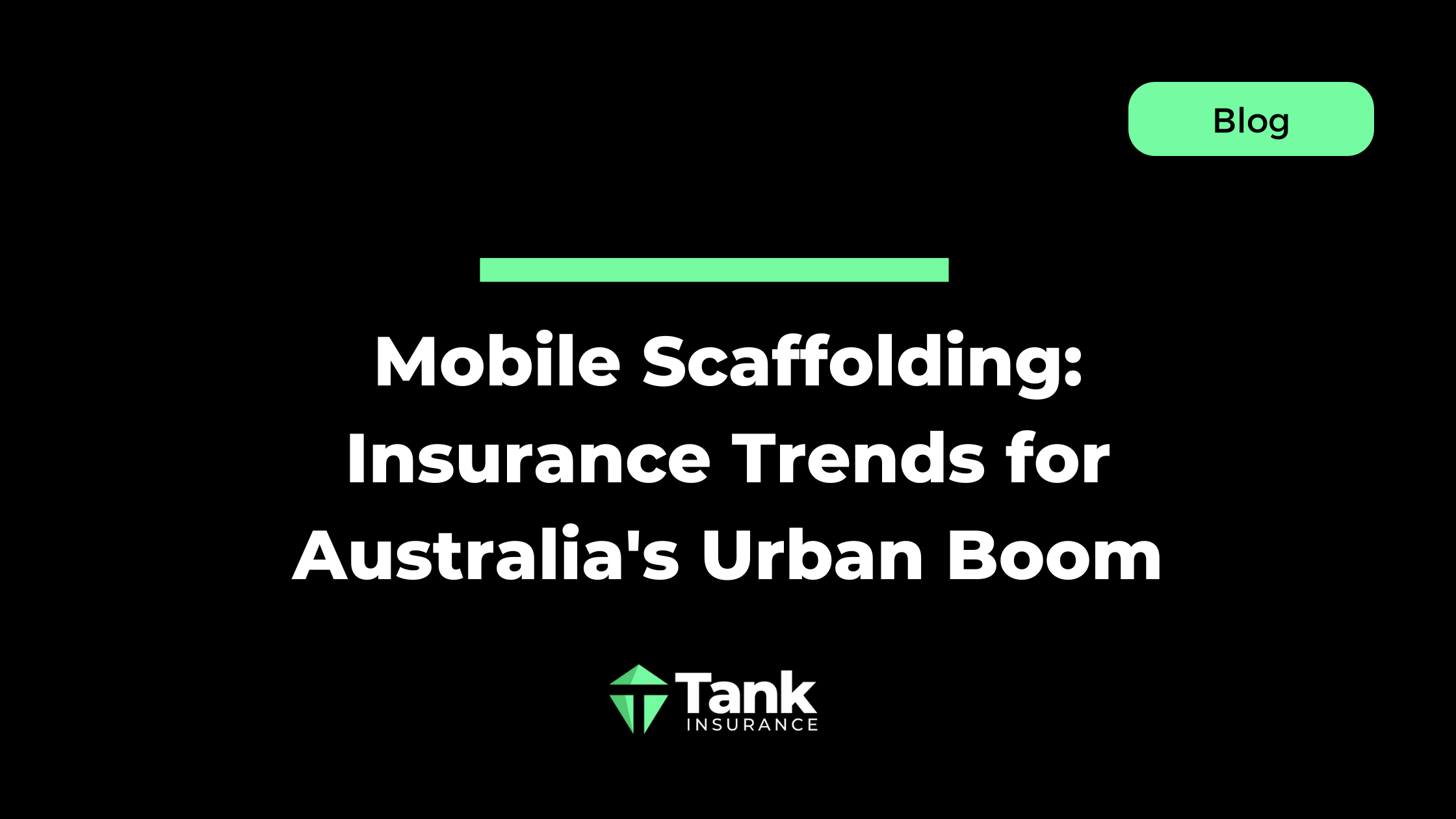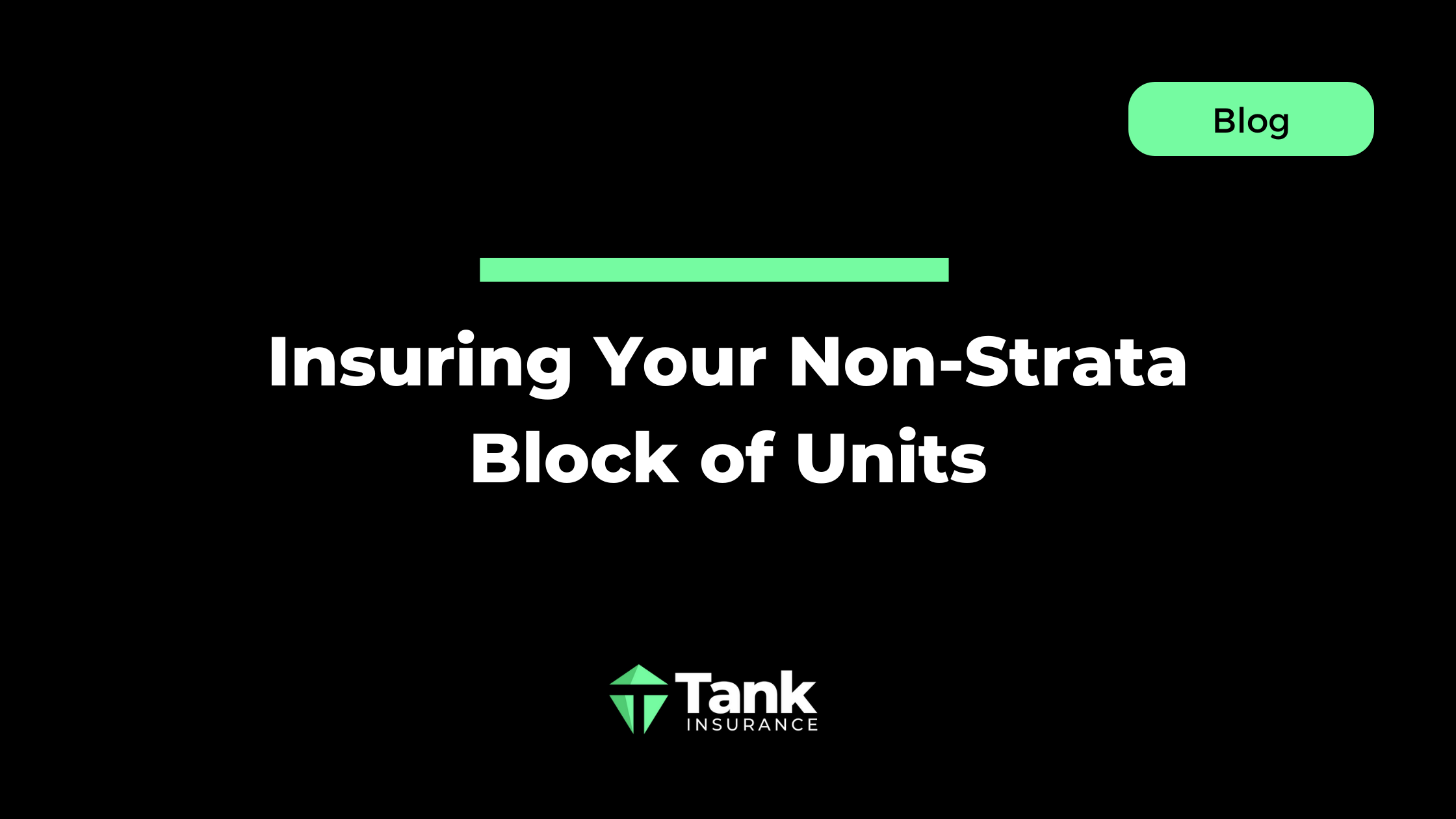Imagine this:
It's a typical weekday morning in your engineering firm.
As a seasoned civil engineer, you’re wrapping up a straightforward design for a new community centre in the city's outer suburbs.
The plans look solid; foundations, drainage, the works.
You hit send to the client and head out for a well-earned coffee.
What could possibly go wrong?
As an insurance brokerage, we've seen similar stories play out far too often. They're not dramatic tales of catastrophe but quiet reminders of how a tiny oversight in professional work can snowball into a Professional Indemnity (PI) claim that drains time, money, and peace of mind.

A Routine Project Turns Sour
Let's dive into the story.
Let’s think that your design called for standard reinforced concrete footings to support the building's weight.
Everything aligned with council guidelines and the client's brief. Construction kicks off smoothly but a few weeks in, the site team spots an unexpected issue: the ground proves slightly softer than anticipated due to recent heavy rains.
To keep things moving, the builder makes a minor adjustment, say swapping out a section of rebar without looping back to you for approval.
Fast forward three months. The centre opens to fanfare but cracks appear in the flooring almost immediately. The client blames the original design, alleging negligence in not accounting for variable soil conditions.
What starts as an email exchange escalates to a formal notice of claim. Suddenly, you’re facing accusations that could tie up the project in delays, rework costs, and lost revenue.
Even before a court decides fault, the real sting hits: legal fees. You might need to hire a solicitor to review documents, draft responses and prepare for mediation.
As the claim drags on, your firm might stall on new contracts and you spend weekends poring over blueprints instead of family time.
It's a stark illustration of how PI claims don't just target wallets; they disrupt lives.
The Lacrosse Fire and Its Lasting Impact
The situation previously stated, although simulated, isn't isolated.
Take the 2014 Lacrosse apartments fire in Melbourne. It’s a wake-up call for engineers across Australia.
What began as a cigarette ignited highly flammable aluminium composite panels on the building's exterior, leading to a blaze that spread rapidly up 23 storeys. No one was seriously injured, but the over $10 million in damages sparked a web of litigation involving owners, builders and consultants.
Why Professional Indemnity Claims are on the Rise for Australian Engineers
In today's Australia, tolerance for errors in engineering feels thinner than ever.
Economic pressures, tighter regulations and a post-pandemic construction boom have cranked up the volume on disputes.
Indemnity-related claims jumped year-on-year with engineering and construction sectors hit hardest. Premiums for PI Insurance followed suit, fuelled by high-profile judgments against engineering firms.
Here's a quick breakdown of key trends shaping this landscape:
- Regulatory Scrutiny: Post-Lacrosse changes mean more audits and compliance checks, turning minor discrepancies into formal investigations.
- Project Complexity: With sustainable builds and urban infill on the rise, designs juggle more variables, such as climate-resilient materials, leaving room for oversights.
- Client Expectations: In a litigious environment, even proven professionals face claims.
- Cost Pressures: Average claim values have climbed, with work injury-linked disputes doubling in severity compared to other bodily injury cases.
How Professional Indemnity Insurance Steps In
Enter PI Insurance which can help turn potential disasters into manageable hurdles.
Here at Tank Insurance, we specialise in tailoring PI policies that fit engineers like you, providing coverage from legal defence costs to settlements if negligence is proven.
Crucially, without it, engineers risk personal liability including paying claims out-of-pocket that could wipe out years of earnings or force business closure.
PI Insurance isn't one-size-fits-all. Policies vary by limits, excesses and exclusions for things like cyber risks. As an insurance brokerage, Tank helps clients review theirs annually to match evolving project scopes.
Practical Steps Forward
In engineering, precision matters but humans aren't infallible. The good news? You can stack the odds in your favour.
Here are three straightforward actions to consider:
- Double-Check and Document: Always note site changes in writing and revisit designs if conditions shift. Clear records can quash claims early.
- Sharpen Contracts: Include robust limitation clauses and scope definitions to clarify responsibilities upfront.
- Audit Your Cover: With claims rising, now's the time to ensure your PI Insurance aligns with your risks.
Got questions on PI Insurance for engineers? Drop us a line at team@tankinsurance.com.au or call us at 02 9000 1155 for a quick chat.
Let's keep small errors from becoming big headaches.



